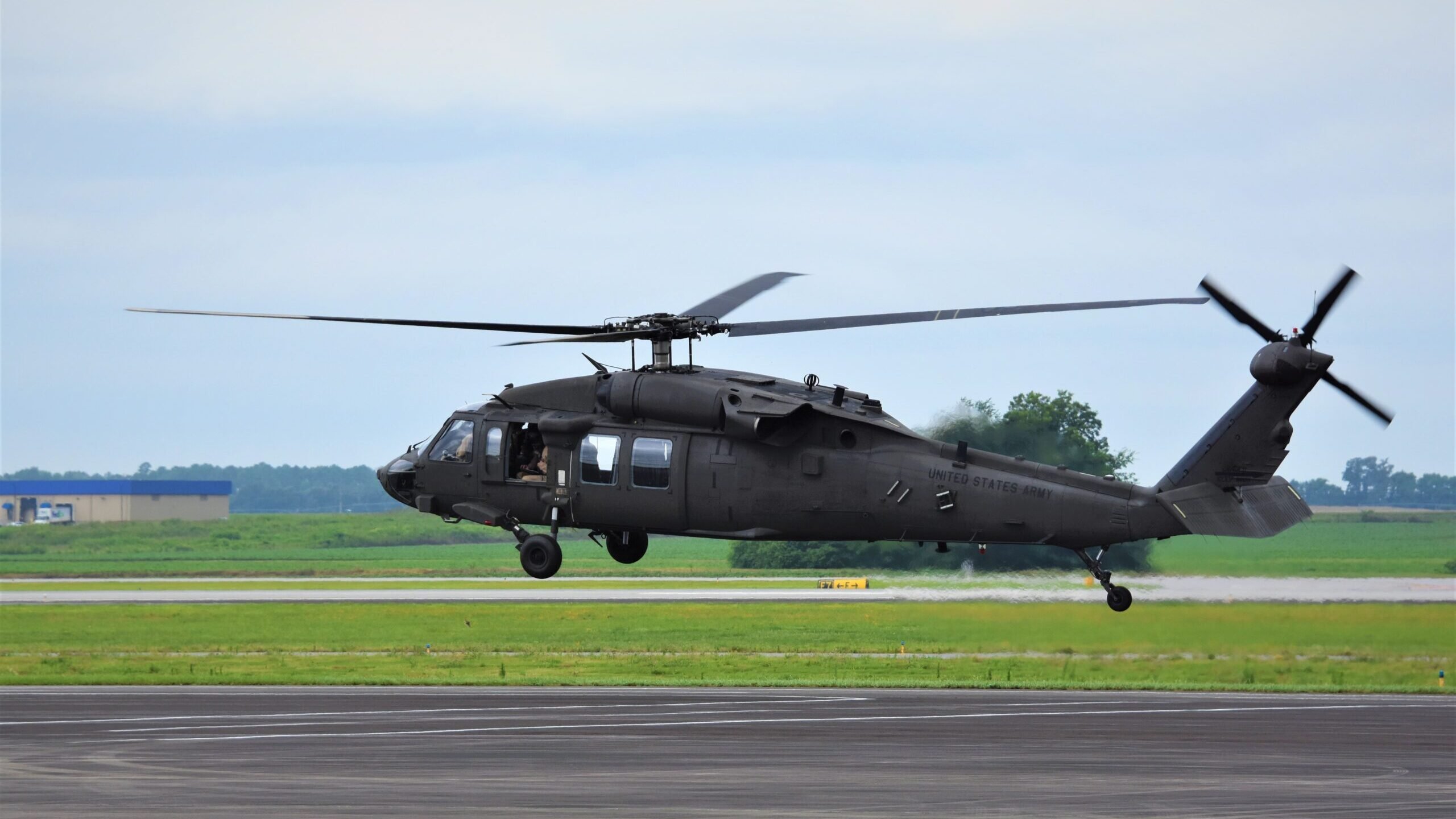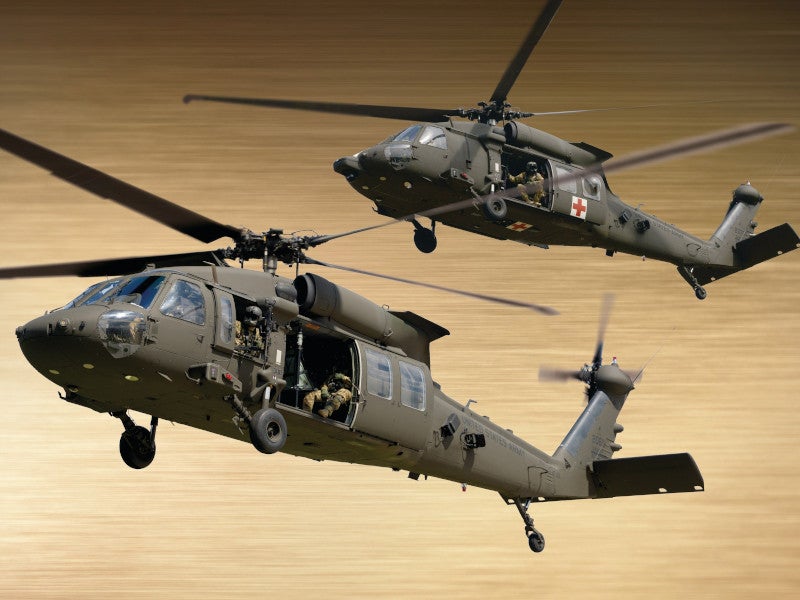UH 60 Black Hawk: Secret Features and Advancements
Discovering the Cutting-edge Innovation Behind Aircraft Style and Design
The area of aircraft layout and design is observing a transformative change driven by innovative innovations that improve performance, sustainability, and efficiency. Advanced products such as carbon fiber composites and titanium alloys are setting brand-new standards, while wind resistant technologies and expert system are improving processes and boosting end results. As the industry comes to grips with the challenges of environmental obligation, advancements in lasting aeronautics modern technologies assure to reshape the future. The implications of these improvements expand beyond efficiency metrics; they might redefine the actual nature of air travel. What might this indicate for the market in its entirety?
Advanced Materials in Airplane Layout
How can the integration of sophisticated products reinvent aircraft style? The consolidation of sophisticated products, such as carbon fiber composites, titanium alloys, and progressed ceramics, plays a vital function in improving aircraft efficiency and performance.
In addition, innovative products exhibit improved resistance to corrosion and tiredness, leading to lower upkeep prices and extensive service life. The usage of titanium in important parts helps withstand extreme temperatures and stress and anxieties, while carbon fiber compounds provide flexibility in design and production processes. This adaptability permits more aerodynamic shapes, adding to premium performance attributes.
In addition, the assimilation of clever materials, which can change homes in action to outside stimuli, opens brand-new avenues for adaptive systems in airplane design. uh 60. These technologies assure not just to enhance security and functional efficiency but likewise to add to sustainability initiatives by reducing ecological effect via reduced discharges. In summary, advanced materials are redefining the landscape of aircraft style, leading the way for a lot more effective, resilient, and eco-friendly aeronautics options
Aerodynamic Innovations for Effectiveness
Aerodynamic technologies play a crucial duty in enhancing airplane efficiency, significantly influencing fuel usage and overall efficiency. Developments in airfoil design, such as the intro of supercritical wings, permit optimized lift-to-drag ratios, reducing drag at transonic rates. These developments allow aircraft to maintain greater speeds with reduced gas expenditure, straight influencing operational expenses and ecological sustainability.
Additionally, the combination of winglets has shown reliable in minimizing vortex-induced drag at the tips of wings, further enhancing fuel performance - uh 60. This style adjustment brings about a reduction in wake disturbance, adding to boosted wind resistant performance during cruise ship problems

Additionally, computational fluid dynamics (CFD) tools have revolutionized the testing and improvement of aerodynamic forms, enabling accurate simulations of airflow around airplane (uh 60). This makes it possible for engineers to innovate continually, making certain that modern-day airplane not only fulfill regulatory requirements however additionally press the boundaries of effectiveness in aeronautics

Duty of Computer System Simulations
Computer simulations have become a crucial device in the field of aircraft style, enabling engineers to conduct comprehensive analyses and optimizations of various design aspects. These simulations enable the online screening of aerodynamic properties, architectural stability, and performance metrics long prior to physical models are developed. By using computational liquid characteristics (CFD) and finite component analysis (FEA), designers can forecast how air moves around the airplane and how various materials will reply to stress and stress.
In addition, computer simulations help with the exploration of a variety of variables and scenarios, speeding up the layout process and minimizing costs associated with physical screening. This ability not only boosts the accuracy of predictions pertaining to airplane habits however also offers insights into prospective layout improvements that could not be immediately apparent with standard approaches.

In addition, simulations assist ensure compliance with stringent security laws by allowing designers to determine and correct prospective problems early in the layout stage. The combination of simulation modern technologies into the airplane layout procedure highlights the substantial innovations in engineering methods, inevitably adding to the advancement of more secure, extra reliable, and eco-friendly aircraft.
Expert System in Engineering
Fabricated intelligence (AI) is changing the engineering landscape, particularly in airplane layout, by enhancing decision-making procedures and enhancing layout process. Via artificial intelligence algorithms, AI can evaluate huge datasets, uncovering patterns and insights that inform style choices and improve overall effectiveness.
AI applications in airplane style include generative layout, where formulas develop several style choices based upon defined criteria, allowing designers to evaluate a broader variety of possibilities. This not just accelerates the style phase but additionally ensures that the end products meet strict performance and security requirements.
Moreover, AI-driven anticipating analytics promote upkeep check here organizing by examining historical data and predicting prospective failures. This positive technique lowers downtime and enhances aircraft dependability.
Additionally, AI help in simulation and modeling, making it possible for engineers to check styles under different conditions without the need for physical prototypes. This ability reduces advancement timelines and reduces prices associated with standard screening techniques.
Lasting Aeronautics Technologies
How can the aviation market efficiently balance development and environmental obligation? The response exists in the fostering of lasting aeronautics technologies that prioritize effectiveness and decrease carbon exhausts. Technologies such as sustainable air travel fuels (SAFs), which are derived from renewable energies, have actually emerged as a vital part in attaining lower lifecycle exhausts. SAFs can significantly reduce the carbon footprint of flights, making them a practical option to traditional jet gas.
In addition, advancements in airplane layout, such as the advancement of lighter materials and more aerodynamically efficient forms, add to boosted gas efficiency. Electric and hybrid propulsion systems are likewise obtaining grip, offering a pathway to minimize dependence on fossil gas and minimize greenhouse gas emissions.
The assimilation of these innovations is supported by regulatory structures and industry cooperations focused on establishing ambitious sustainability targets. Electronic tools like data analytics and synthetic knowledge can enhance flight operations, further enhancing fuel efficiency. By embracing lasting practices and technologies, the aeronautics this post market can not only satisfy the expanding demand for air travel however additionally play a pivotal role in attending to climate change, making certain a much more sustainable future for air transport.
Conclusion
The merging of advanced products, wind resistant developments, and cutting-edge innovations notes a significant advancement in airplane design and design. The assimilation of carbon fiber compounds, titanium alloys, and AI-driven processes not only improves performance and efficiency yet additionally improves operations and predictive maintenance. The ongoing advancement of sustainable aviation innovations highlights a commitment to ecological obligation, leading the method for a greener future in air travel. This continual development will shape the industry's trajectory for several years to find.

Computer simulations have become an important tool in the area of aircraft style, allowing designers to perform in-depth analyses and optimizations of different design elements.The merging of advanced products, wind resistant innovations, and innovative innovations marks a considerable development in aircraft style and design.